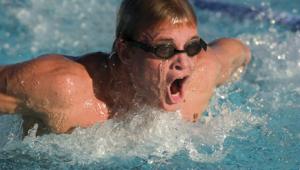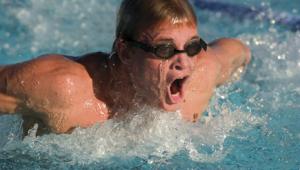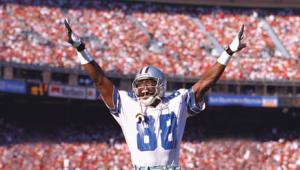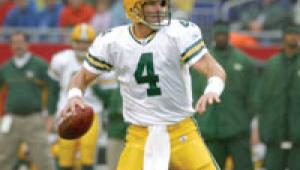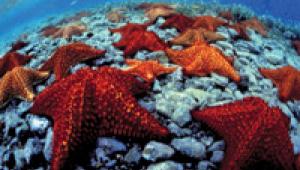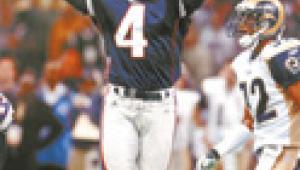Great information.
Get Great Race Shots…Without A Press Pass
The stunning Formula 1 cover shots that grace international racing magazines are certainly spectacular. Looking at them you might feel that given the same access to the best "photo op spots" that you could do just as well. I share your feelings, and probably like you don't have the coveted press credentials for those "sweet spots." But it hasn't stopped me, and it shouldn't be a barrier to you either. I'm using the images I've made in the past at the United States Grand Prix (USGP) at the Indianapolis Motor Speedway (to be held this year from June 30th-July 2nd) as an example, but you can apply these tips to your own car racing or other special events shots as well. Every image accompanying this article was shot from the general admission area.
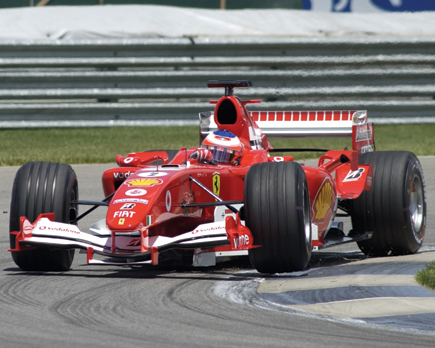 |
|
|
Preplanning
Long before the first USGP at Indy was held in 2000, I knew that in order to
capture the caliber of images that I wanted I needed to become intimately familiar
with the circuit itself. Since the new road circuit was still being built and
not open to the public, I took the Indy 500 tour bus around the oval many times
while getting what glimpses I could of the new Grand Prix track. This type of
reconnaissance, before an event, increases your knowledge of a venue and prevents
wasting precious shooting time at less than optimum photo locations. You obviously
need to be as close to the action as permitted, but even more importantly, you
need to know where your photographic challenges will be in the form of safety
fencing, guardrails, tire barriers, and the like.
If you can't do your own scouting beforehand, check the forums on the
Internet for good photo spot recommendations. Often, someone has already photographed
there and will share their experiences. After you have a good "lay of
the land" you need to preplan each shooting day as much as possible. A
critically important part of this plan should be to arrive as early as possible
because you probably aren't the only photographer with the same thing
in mind.
At most sporting events, and auto races are certainly no exception, you see
pretty awesome photo gear and sometimes this gives you quite a reality check
when you unload the contents of your bag. I am going to give you some equipment
recommendations and shooting tips and describe what I use, but if you use what
you already have and utilize some of the techniques described you can take some
spectacular photos home as well.
 |
|
|
Equipment Recommendations
Prior to digitizing myself several years ago I used a Nikon N80 with a 75-300mm
zoom lens with great results. I now use a Nikon D2X and D1X with AF Nikkor 80-200mm
f/2.8 and AF VR Nikkor 80-400mm zooms. I also pack a 12-24mm and a 10.5mm Nikkor
fisheye for crowd and atmosphere shots. For racing photography an SLR-type camera
is much preferred because you are viewing the actual image and typically the
shutter lag is less. Add a 200-300mm or longer lens and a monopod and you are
all set.
Formula 1 cars race in the rain so take foul weather gear for you and your equipment.
If you are using film, you will need to bring a wide range of ISOs, typically
from 100-800, and plenty of it. For digital, bring lots of memory and a storage
device if you have one and plenty of batteries.
In addition, sun protection, comfortable clothing, good walking shoes, and ear
protection are musts. A small cooler with water and food is handy because you
will probably lose your spot if you leave for a snack or answer a "nature's
call," particularly when the cars are running.
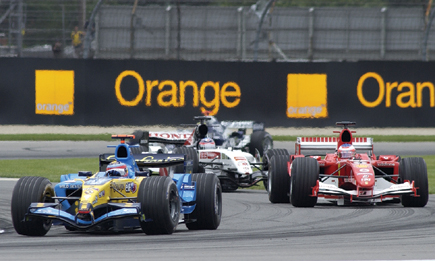 |
|
|
Focusing
I realize that some of the new autofocus systems are pretty awesome but typically
I still use "zone focusing" for my racing photography. Back in the
"manual focus" days it was darned near impossible to focus on a
speeding race car so we learned what we called "zone focusing."
This is where you predetermine where you want your subject to be when you make
the exposure. I focus on some pavement irregularity at that point and then make
the exposure when the car is in my pre-focused "zone." Often on
a tripod and even with a monopod I will look over the top of my camera and use
my peripheral vision rather than trying to stop the car when it flashes through
my viewfinder. Try it, it works.
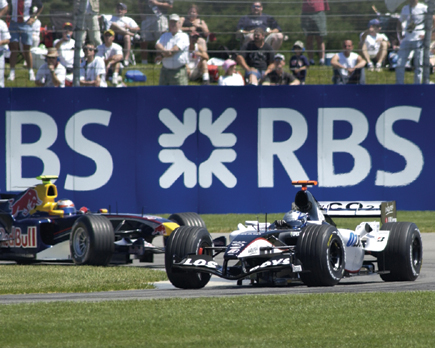 |
|
|
- Log in or register to post comments



